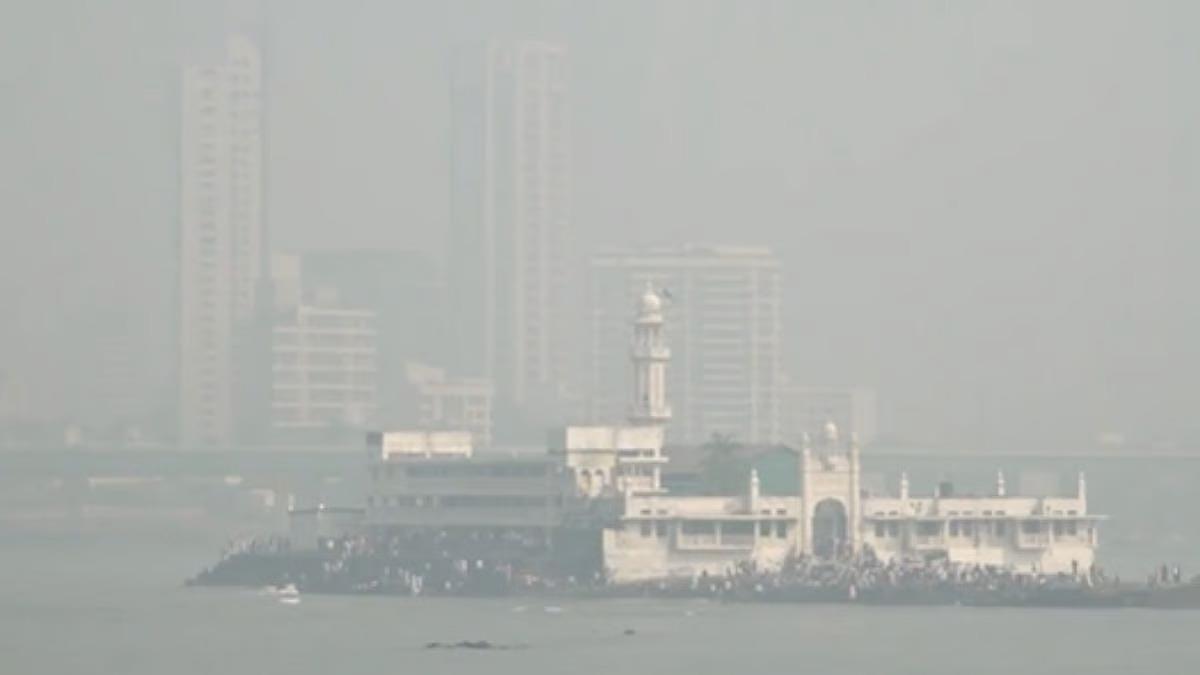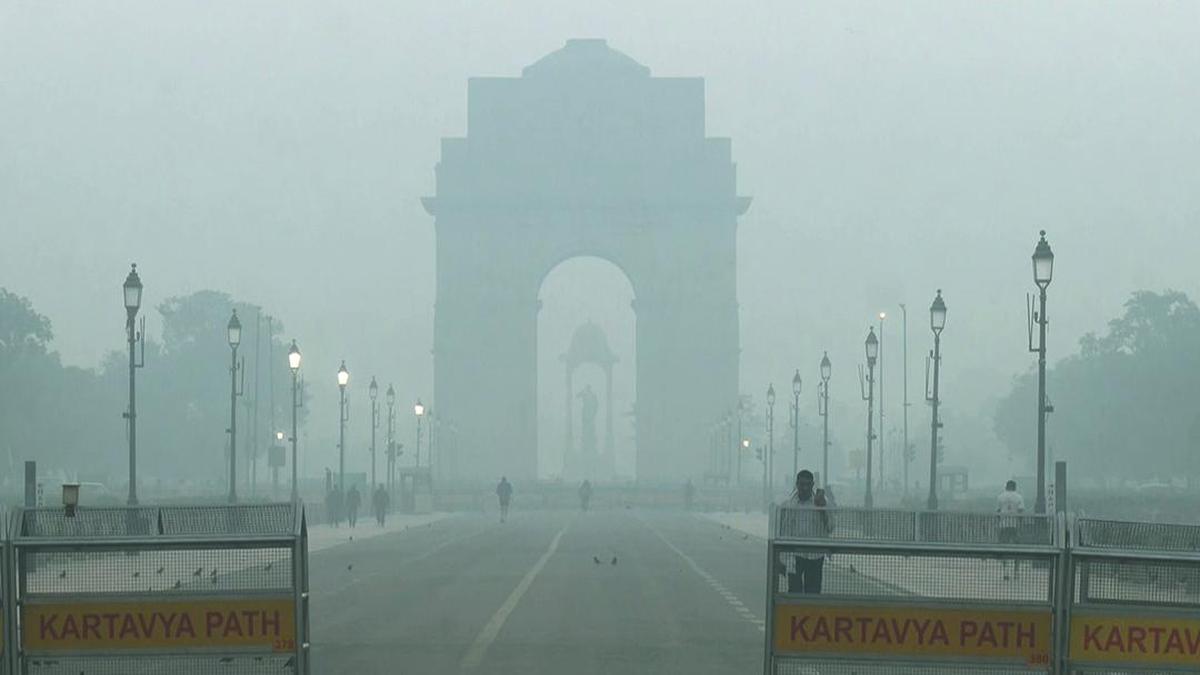Views
114

“Mangrove Forests consists of a group of trees and shrubs that live in the coastal intertidal zone. It is one of the most productive and complex ecosystems on the planet, growing under environmental conditions that would kill ordinary plants quickly.
There are about 80 different species of mangrove trees and all of them grow in areas with low-oxygen soil, where slow-moving waters allow fine sediments to accumulate. Mangrove forests only grow at tropical and subtropical latitudes near the equator as they cannot withstand freezing temperatures.
They can be recognized by their dense tangle of prop roots that make the trees appear to be standing on stilts above the water. This tangle of roots allows the trees to handle the daily rise and fall of tides, which means that most mangroves get flooded at least twice a day. The roots also slow the movement of tidal waters, causing sediments to settle out of the water and build up the muddy bottom.
Mangrove forests provide protection and shelter against extreme weather events, such as storm winds and floods, as well as tsunamis. Mangroves absorb and disperse tidal surges associated with these events as indicated by Hirashi and Harada in a 2003 study; a mangrove stand of 30 trees per 0.01 hectare with a depth of 100 meters can reduce the destructive force of a tsunami by up to 90%.
The intricate root system of mangroves also makes these forests attractive to fish and other organisms seeking food and shelter from predators. Each hectare of mangroves increases fishery yields by $ 37,500 per year according to the Scripps Institution of Oceanography. ”
Subscribe to our newsletter and recieve a selection of our cool articles every week.

When Mumbai’s Morning Haze No Longer Feels Like Home
Mumbai Weather Update: AQI Turns Severe as Thick Haze Persists, Free Press Journal (FPJ).
Nov 24, 2025

Delhi Is Gasping Again, And This Time, Even the Clouds Refused to Help
Delhi is choking again. AQI levels have slipped into the ‘severe’ zone, cloud seeding failed, and emergency measures barely make a dent. Because the city doesn’t need one-off fixes, it needs long-term healing. Trees remain the simplest, most effective answer. They absorb carbon, trap dust, cool the air, and act as natural lungs. If Delhi wants cleaner winters, it needs more green cover, not just temporary interventions. Clouds may not cooperate, but trees always will.
Nov 17, 2025
Copyrights @ 2025 All rights reserved by Pangea EcoNetAssets Pvt Ltd.